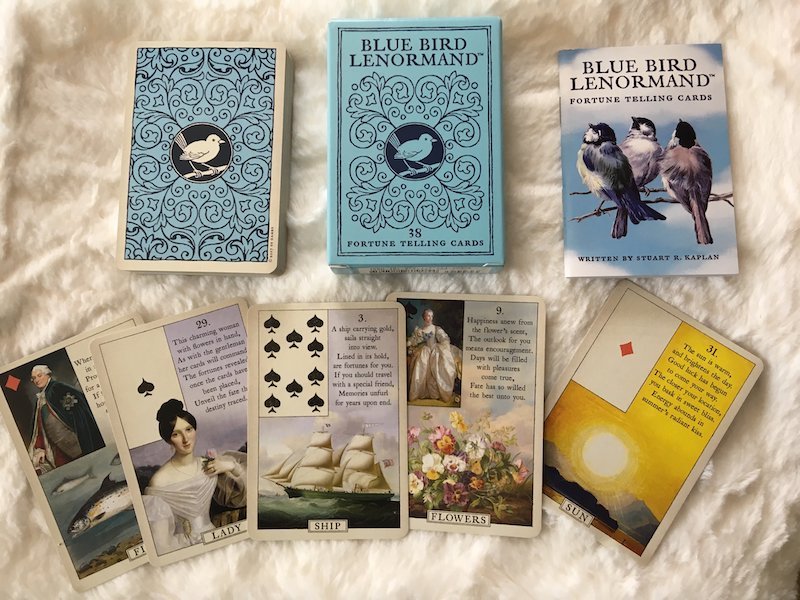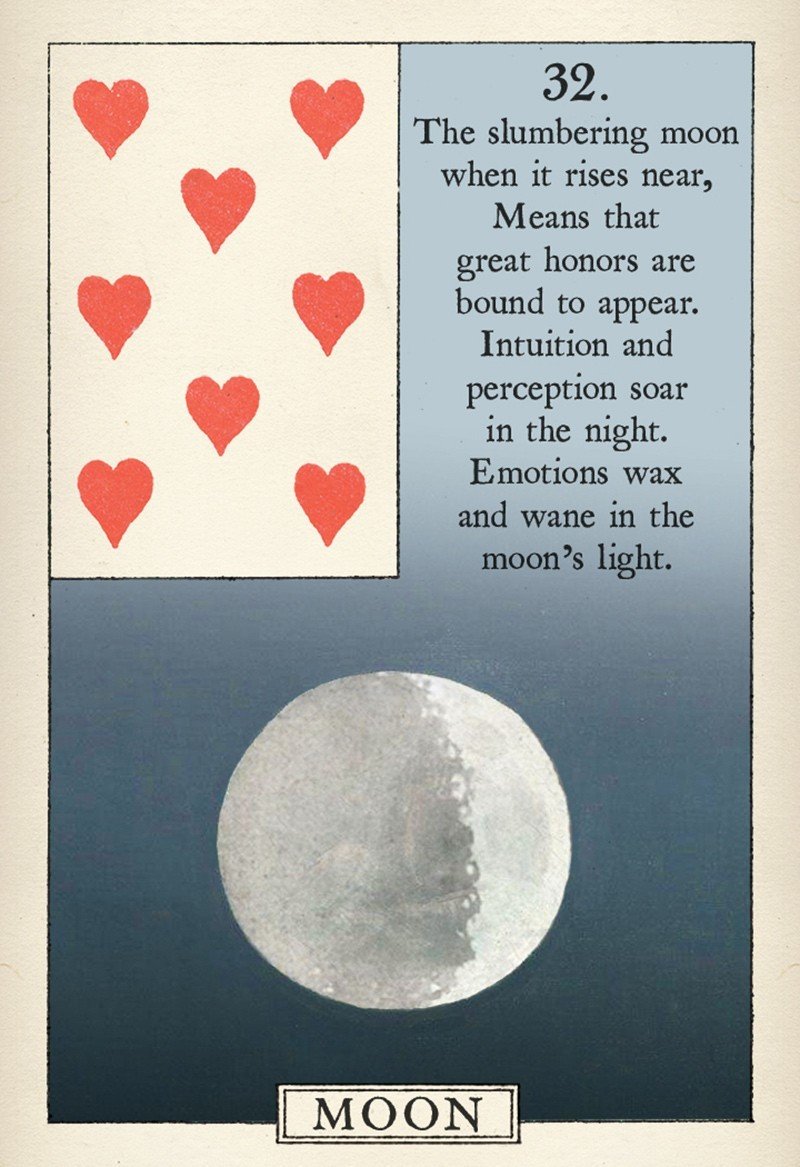A Dusting of Christmas Snow
/This is the final post (most likely) for this year at the Jerx. In January I will be completing the next book, so there will just be a few posts here and there on this site. Then I’ll be back to regular posting sometime in February. Soon after that I will be introducing a new support structure for the site which may or may not work. We’ll see how that goes.
William Daly Harrington has been kicked out of the GLOMM for being convicted of distributing child pornography. Harrington was a former police chief and part-time magician, as per this news report:
In September 2020, Harrington came under scrutiny after a deputy for the Lewis and Clark County Sheriff’s Offices followed up on a tip that a Facebook Messenger account associated with the police chief had disseminated child porn in correspondence with another account.
Harrington, who used a “fictitious” Facebook profile — and the pseudonym “Stella Carlson” — to send images of minors engaged in sexual acts, was caught after investigators linked the email associated with the fake account to an entertainment company Harrington owned. At the time, Harrington, who served as East Helena’s Police Chief, and also performed at events as a stage magician, owned “Magic Man’s Mobile Dj,” charging documents show.
As of now, this website still lists his entertainment services. It states: All shows are considered "G" or “PG” rated and are suitable, or customizable, for all age groups.
So, unlike his computer hard-drive, all his shows are PG at worst. And can be customized for all age groups. The ad is written in such a way that he desperately wants you to know that you CAN bring your pre-teens to the show. This was our first clue the guy was a creep. You know what magician I’d trust around my kids? The one who’s like, “Nah, my shows are for adults only. I’m not a fucking clown.”
I like this bit of info too:
Wow. 10 whole miles? That’s some real commitment to the job. You know for a fact this guy would drive 12 hours to install a hidden camera in the bathroom of a cub scout jamboree, but if your gig requires more than a half a gallon of gas to get there, he’s not interested.
The best way to force something on any site is to use the Inertia app by Marc Kerstein. It’s so simple and so straightforward. It exactly matches the way you might “randomly” select a something on a website if you were doing it for real. With no preparation you can go to any site on your phone (as long as that site involves some scrolling) and force a line of text or a picture or whatever. (Check out this video to get an idea of how it works.)
I don’t know if Marc has launched this officially, but you can now get Inertia Pro in the app store which adds a bunch of new features, including an integration with his app Xeno that allows you to do the Inertia force on Xeno sites on the spectator’s phone (either remotely or in person).
You’ll need the Xeno app to do a spectator’s phone version. But Xeno is absolutely another app of Marc’s worth having. While Inertia is a forcing app, Xeno is an app that allows you to know a spectator’s free choice. In recent months, a user named Dan R. has added a bunch of interesting lists to the Xeno app which give you a number of intriguing subjects to “mind read” (including one related to the What3Words site I mention in this post). If you have Xeno and haven’t checked the additional lists out recently, you should do so.
If this sounds like a commercial, it’s not. Just a heads up. I believe Inertia Pro will be going up $15 in the near future. So if you’re interested in it, hop on it now.
I really like the look of The Giraffe Switch by Kyle Littleton.
I doubt I’ll get it because I hate learning hard shit, and this is apparently at least somewhat difficult. But I thought it deserved a shout-out because it looks really good.
Speaking of that, I made a decision a few years ago not to bother with any sleight that requires more than 10% of my concentration. While this cuts a lot of sleights and tricks out of my repertoire, it doesn’t make a dent in the thousands of tricks I can still choose to do. I think the worst thing that can happen when showing someone a tricks is when they realize that for a brief moment you’re not present—that you’re focusing on something else. So I try to eliminate that possibility from my performances by not having sleights or moves that will take me out of the moment.
This is not a cool thing to admit in magic. You’re supposed to get off on mastering hard moves. But I hate practicing. I like performing. You don’t need to apologize for that if you feel the same.
And speaking of sleights. I had mentioned many years ago that I was looking for a good lotion to give my hands a bit more tackiness when executing card sleights. My hands have very little moisture to them, and sleights that used to be simple when I was younger (and, apparently, dewier) can be damn near impossible. For the first time this year I tried Chamberlain Golden Touch. This was apparently Dai Vernon’s recommendation for the dry hand issue, and that guy was pretty much made of crepe paper by the time he passed away, so if it’s good enough for him, I figured it was worth a shot. And I have to say that it’s probably the best thing I’ve found so far for the issue. It doesn’t work as well as I would hope, but it works better than anything else I’ve tried so far. I think it all comes down to your own personal chemistry, so it might not work for you, but if you have dry hands you may want to give it a shot.
Sometimes if I’m watching a lecture by a left-handed performer on my computer, my brain doesn’t feel like flipping everything around in my head. I know left-handers have to do this all the time with right-handed performers, but I don’t, so I’m not used to it. So when this happens, I just flip the video instead.
Here’s how you do that using the VLC media player (which is really the only media player you need to have).
From the menu bar go to Window
Then:
Video Effects
Geometry
Transform
Flip Horizontally
And you’re all set.
Obviously this reverses everything on the screen, so it’s not ideal for learning certain effects. But for card tricks I find it to be helpful.
I’m not someone who “believes” in mystical or occult subjects. But they’re fun to use in performance because concepts such as “fortune telling” or contacting the spirits or whatever are so well understood by the general public. So you don’t have to really lay any groundwork. You’re playing with ideas they’re already familiar with.
Here are a couple products I’ve had some fun using in performance since I purchased them earlier this year.
Blue Bird Lenormand Fortune Telling Cards
38 Cards that combine fortune telling, numerology, an oracle deck, and some standard playing card elements as well. That’s a lot of types of information, and a lot of options on each card. And I like that they’re standard poker size.
Tabula Mortem
This combines a Ouija board/spirit board with pendulum work. And it adds some additional symbolism you may find a use for as well.
Just be careful. These boards are nothing to play with. If you don’t know what you’re doing you might unleash a lot of negative spirit energy.
Just kidding. Do whatever you want with them. If fucking around with these things without knowing what you’re doing was really dangerous, my ass would have been possessed about a dozen times already.
Both these items can be found on Amazon.
This is going to sound psychopathic, but it’s something I’ve been doing this year and enjoying in a way I hadn’t expected. This has nothing to do with magic, but you may get something out of this idea regardless. What I’ll do is I take a movie and—instead of watching it all at once—I watch it over the course of a couple weeks. The first day I watch one minute, then next day I watch the next two minutes, the day after that I watch the following three minutes. And so on, adding a minute each day. Most movies can be finished within 15 days at this pace.
If you say this sounds insane, I wouldn’t disagree with you. And it’s certainly not how the person who made the movie intended it to be watched. But it gives you a lot of time to process and think about the movie. And the movies I’ve watched this way have stuck in my mind much more completely than the ones I’ve watched straight through. I don’t know that that’s really any justification to do this, but I thought I’d mention it as maybe one of you will find some pleasure in this as well.
Hey everyone. Have a great Christmas and New Years! Holy hell, 2022 is almost here. I hope for all of us it’s our best year ever.











